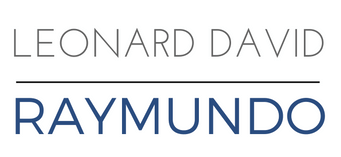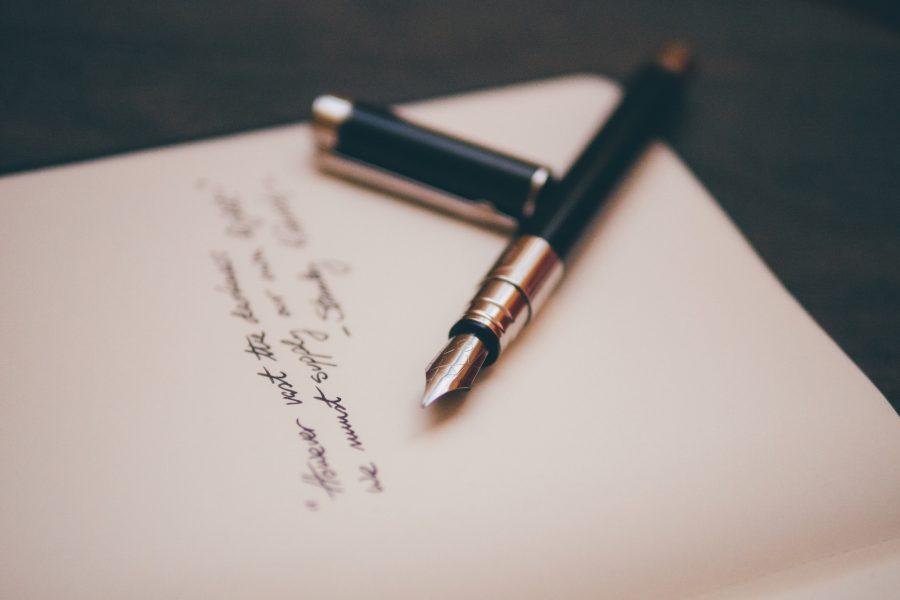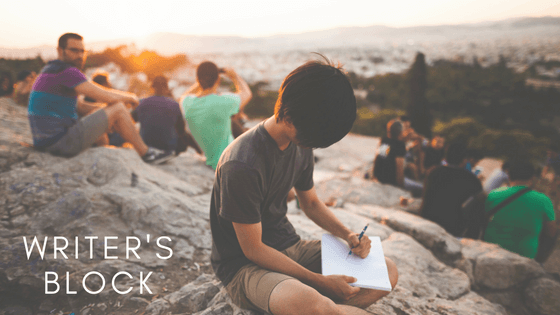In the modern day of social media and technology, proper writing skills have taken a bit of a backseat. And in the business world, possessing a basic set of writing skills is crucial to your success. Whether you’re creating proposals for clients, memos to members of management, or simply emailing a colleague, writing skills are vital in order to present professionalism.
Those who have extremely busy agendas may see improving their writing skills as unnecessary, or a tedious task that only adds to their workload. However, constructing engaging, intelligent sentences is a must for effective communication, separating yourself from others, and even attracting business. Many business owners and their employees have great ideas. Those ideas won’t come alive however, if you can’t persuasively communicate them.
The most obvious consideration when drafting any form of writing is thinking before doing so, and diligently proofreading it to ensure there are no errors, and your message is clearly displayed. A bad habit people tend to make is writing as they’re thinking, creating a convoluted, repetitive mess of words. It’s okay to write in your tone, however rereading your message is critical to ensure what you’ve written is easily readable.
Know your targeted audience. As I have discussed in a previous blog, the way you go about wording certain sentences or phrasings should differ depending on the recipient. For example, drafting an email to a coworker would most likely have a much more laid back tone than one sent to your manager. Think about what you want your audience to feel or think after receiving your message, but be direct.
Bryan Garner, author of The HBR Guide to Better Business Writing, states, “One of the great diseases of business writing is postponing the message to the middle part of the writing.” Practice brevity, and try to keep your messages (depending on the context) to no more than 200 words. As stated in Harvard Business Review’s piece by Carolyn O’Hara, “cut the fat.” Including unnecessary words in your writings may lead to readers tuning out. Avoid using complex phrases when one or two words will convey the same message.
You may learn the hard way that writing can play a large role in how you present yourself. If you happen to send an email with a typo, or submit a memo longer than what most people are willing to read, learn from these mistakes. Though it is a cliche saying, practice makes perfect. Read what your peers write, and study the good and bad in each. You’ll begin to develop a professional, clear voice in your style of writing that both coworkers and managers will most likely notice.











